 6.40 AM: It was a short drive from our resort to the much-acclaimed Airavatesvara temple, at Darasuram, some 5 kilometers from Kumbakonam. This was the site that met our eyes. The main door of the temple was yet to be opened and we were told, it would be opened at 7 AM. We looked around at the neatly laid down paths between well-maintained lawns, where a number of early morning walkers were going about their routine. The massive outer walls of the temple and the temple gopuram itself presented awesome sights. This is one of the Great Living Chola Temples.
6.40 AM: It was a short drive from our resort to the much-acclaimed Airavatesvara temple, at Darasuram, some 5 kilometers from Kumbakonam. This was the site that met our eyes. The main door of the temple was yet to be opened and we were told, it would be opened at 7 AM. We looked around at the neatly laid down paths between well-maintained lawns, where a number of early morning walkers were going about their routine. The massive outer walls of the temple and the temple gopuram itself presented awesome sights. This is one of the Great Living Chola Temples.
The Great Living Chola Temples is a UNESCO World Heritage site. Not a single site though, it comprises of 3 famous temples, all within a radius of around 75 kilometers:
- Brigadeeswara Temple in Thanjavur
- Brihadisvara Temple at Gangaikondacholapuram or GKC (Read my blog Great Living Chola Temple at GKC)
- Airavatevara Temple at Darasuram
The sobriquet, ‘ Great Living Chola Temples’ and recognition as a UNESCO World Heritage site is because these temples define the purest form of Dravidian temple architecture. They also bear witness to the architectural skills and ideology of the Chola empire and give us a glimpse of ancient Tamil civilization. Regular poojas are carried out in these temples to this day — Hence called the Living Chola Temples.
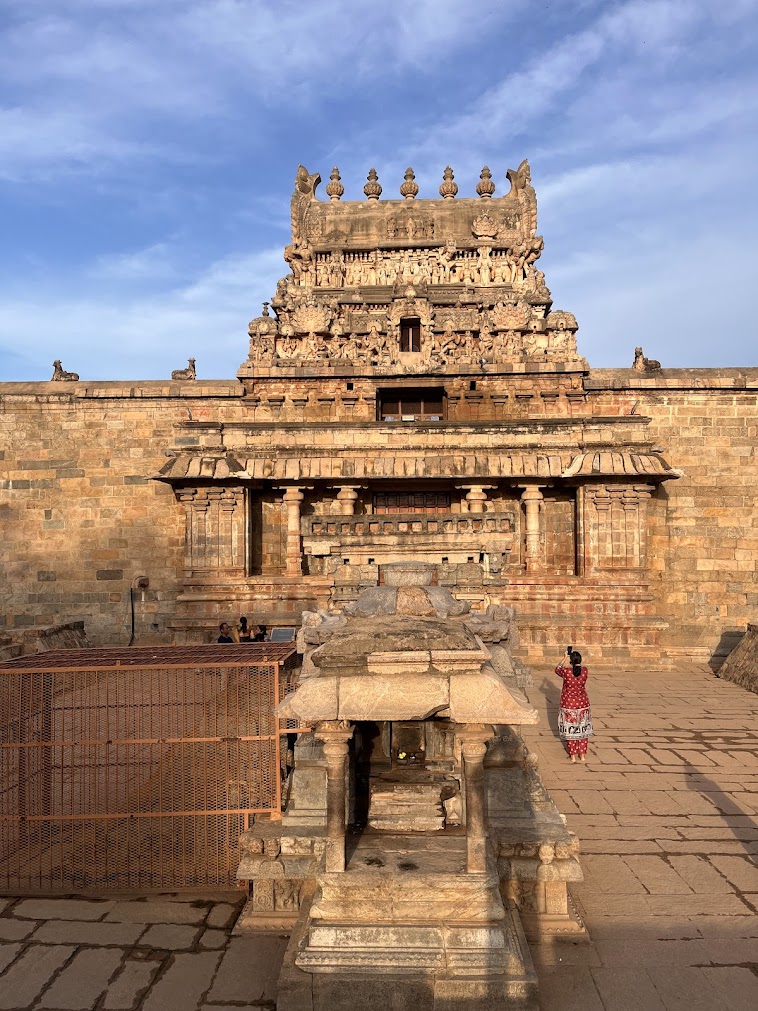
The temple doors had been thrown open now and, as we took our first step inside, it felt like we were going back into time, into an age highlighting the religious fervour, skills in temple construction and having them function as cultural centres. Got goosebumps imagining Raja Raja Chola II (who constructed this marvellous temple between 1143 and 1173 CE) would have walked this very path that we were traversing now, in 2025.
The priest was setting up the morning pooja and so we looked around the temple. The main temple dedicated to Lord Shiva, who is worshipped here as Airavatesvara, is set in the form a chariot. pulled by elephants and horses, some of which have been disfigured due to passage of time. The wheels of the chariots are said to be sundials.
The sanctum sanctorum is at a height after a flight of steps and at the end of a long-pillared hall. Each pillar here is different and carries different carvings and embosses. The aarti was on now and we prayed to Airavatesvara, who is in the form of a large lingam. Photography is not allowed in the sanctum.

There is no inner prahara or a passage for circumambulation of the sanctum sanctorum. One has to come down the steps, like getting off the chariot and then circumambulating in the open courtyard. Here one sees the shrine of Periya Nayaki, the consort of Airavatesvara apart from smaller shrines for other deities. A close look at the panels reveals outstanding carvings and sculptures, including that of the 63 Nayanars, various rivers and scenes from the ancient texts.
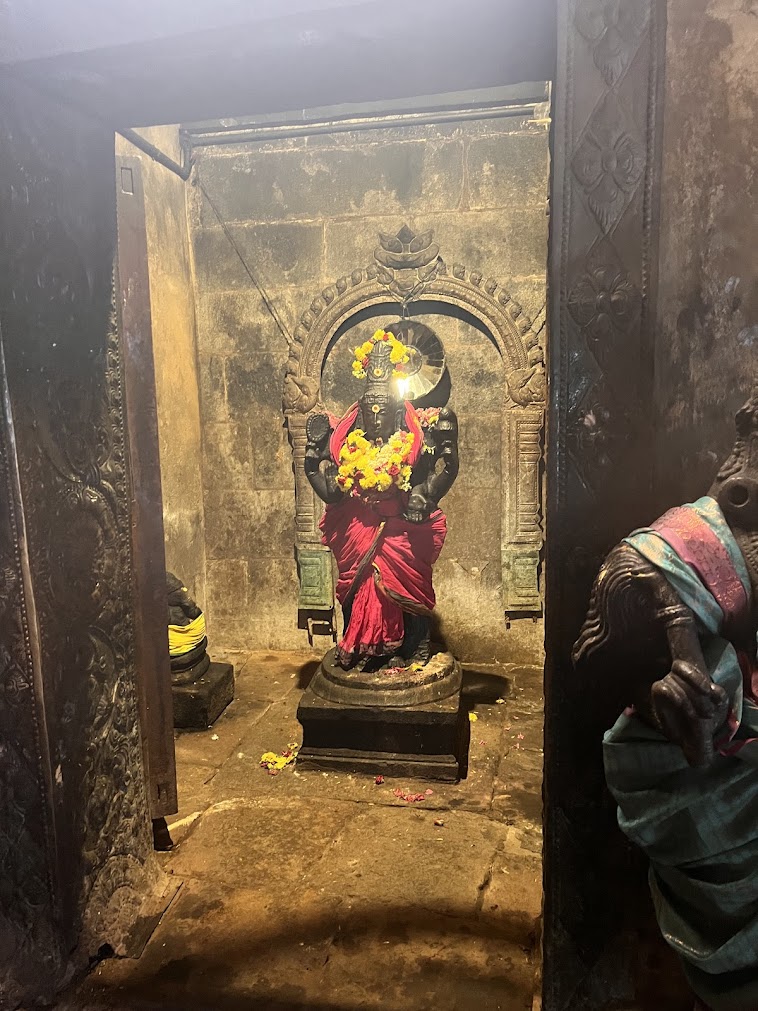
What is the legend behind this temple? It is believed that Airavata, the white elephant of Indra lost his colour as he came under the curse of sage Durvasa for being disrespectful. The poor elephant prayed at this site to Lord Shiva, who advised him to take a dip in the tank here and lo and behold, Airavata was pure white again. The Lord who helped Airavata regain his color came to be worshipped as Airavatesvara.
We were simply overawed by the amazing workmanship in stone, and this particular panel stood out. From one side it looks an elephant and from the other side, a bull.

Had read about the seven musical steps here, i.e. stone steps that when tapped would give out the notes of ‘ Sa Re Ga Ma’. Checked with a guard where these steps were and he pointed to the entrance. Now covered in a steel mesh, as people jhad caused much damage to these steps, could only stare at the marvel, without being in a position to hear the notes.

We were told that the original temple complex was much larger with seven streets but, now only the main temple remains. Built by the Cholas, vandalised by the raiders from the Delhi Sultanate and later rebuilt by the Vijayanagar kings, the Airavtesvara temple is steeped in history, even as it remains a work of art in stone. Every piece of stone tells a story here and one can feel the instant vibrations when inside the temple complex. A legacy that needs to be cherished, protected and above all a place that has to be a MUST VISIT for the children of today.
Discover more from BalasBroadcast
Subscribe to get the latest posts sent to your email.
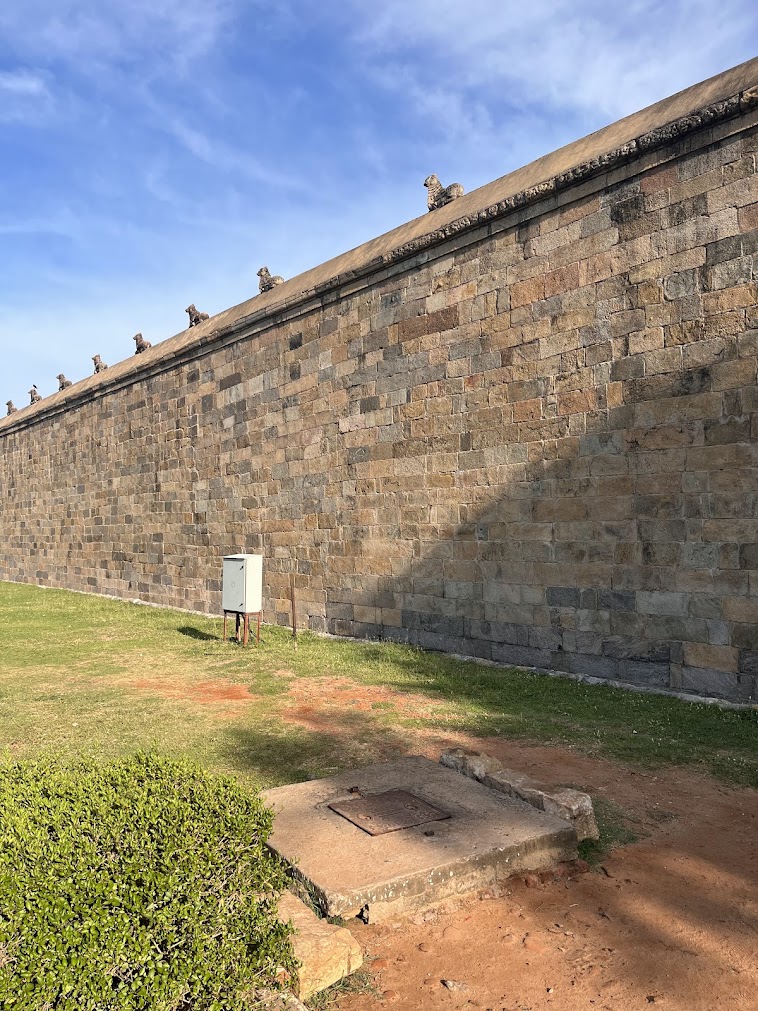
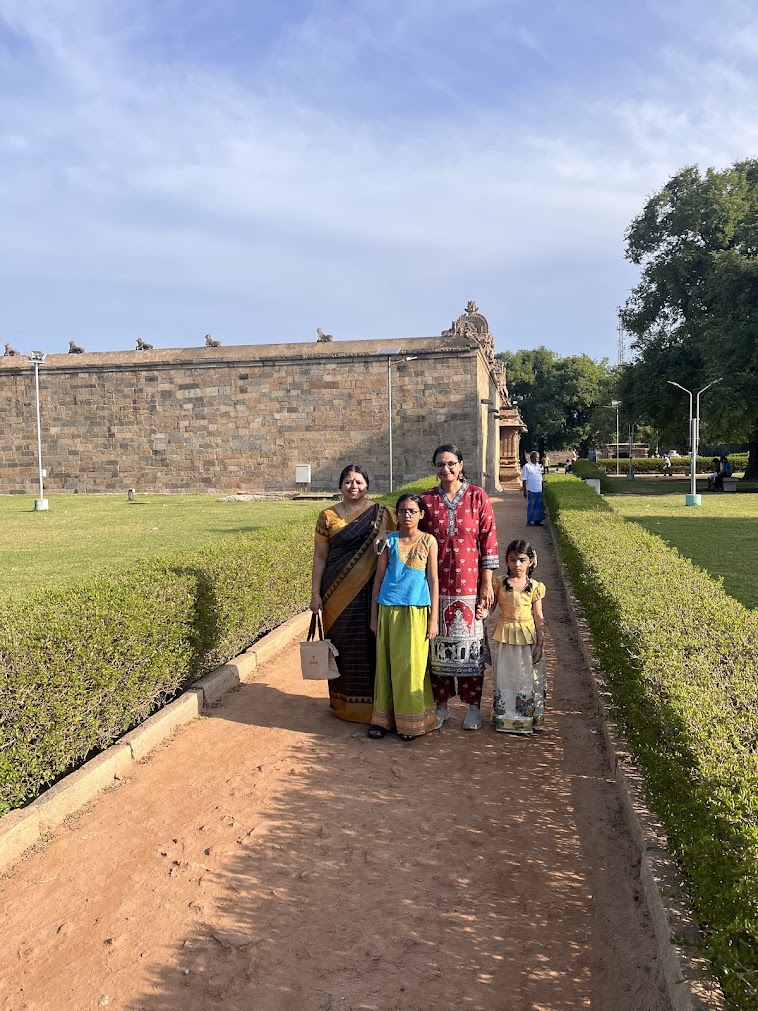

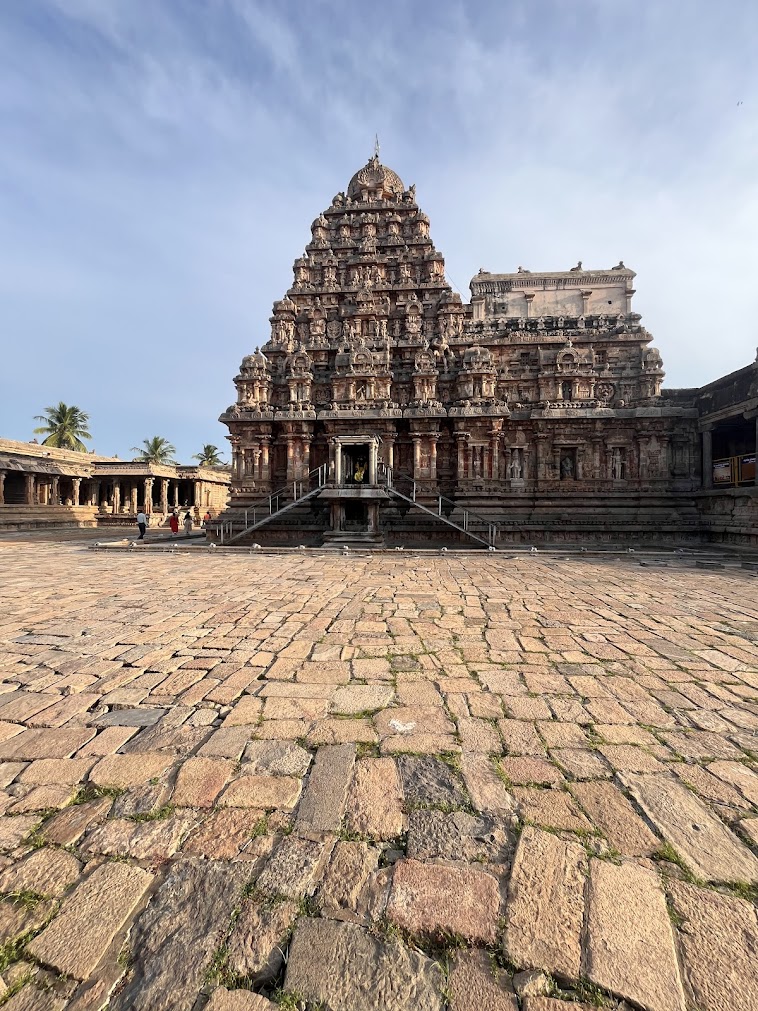


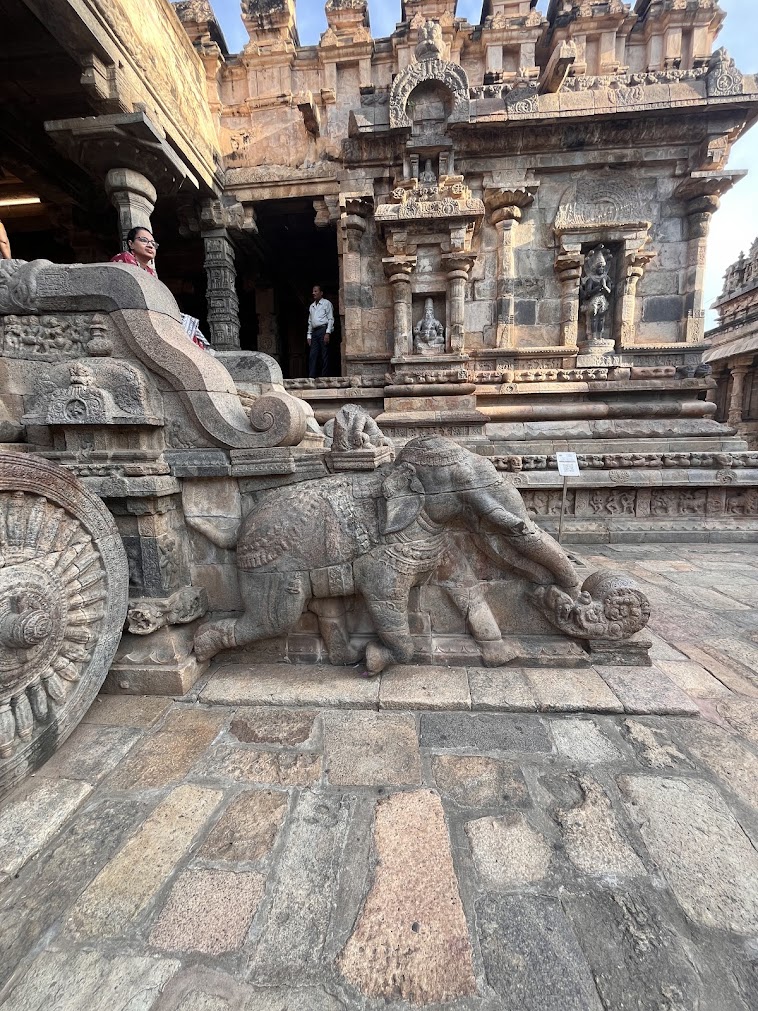




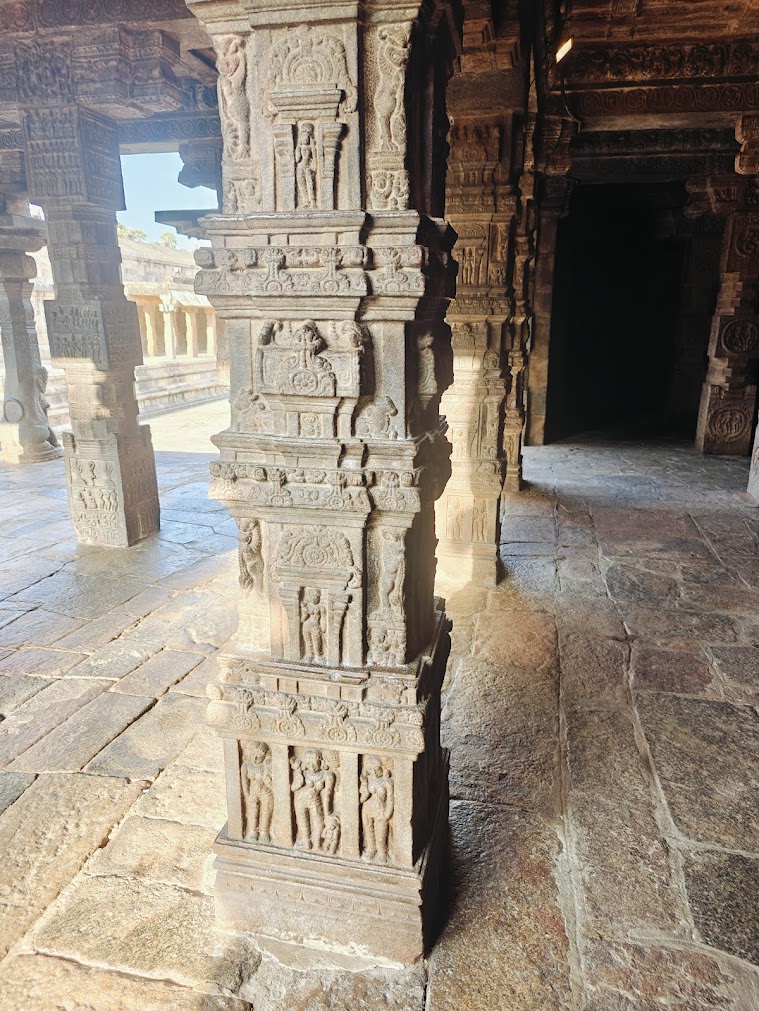



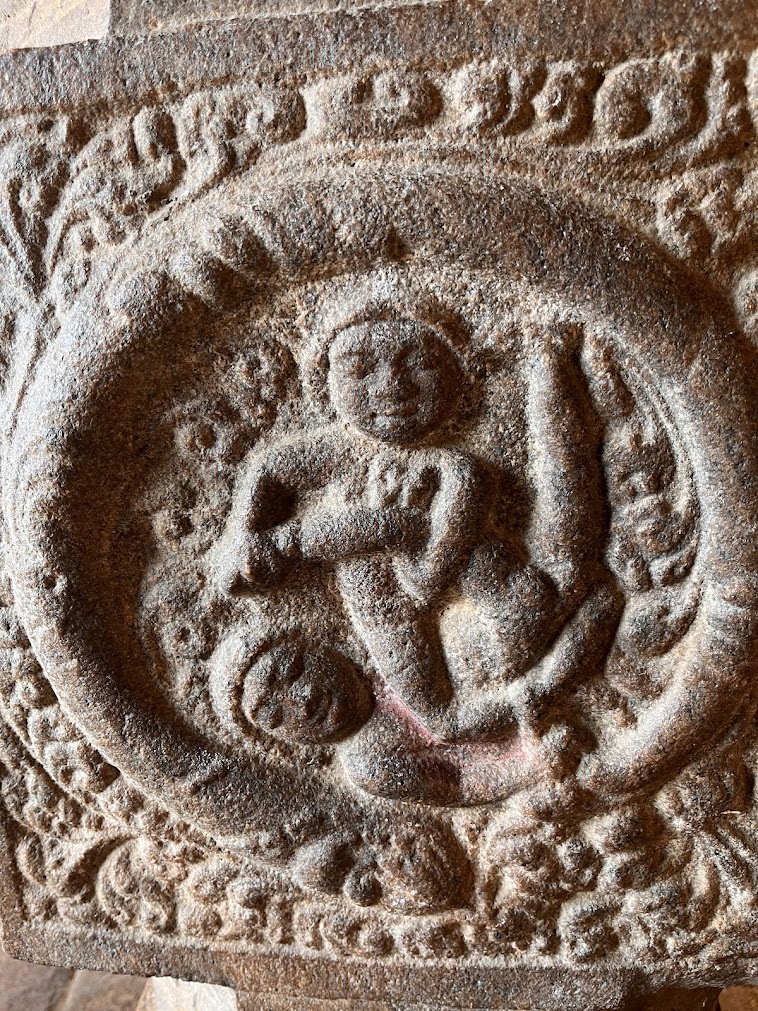



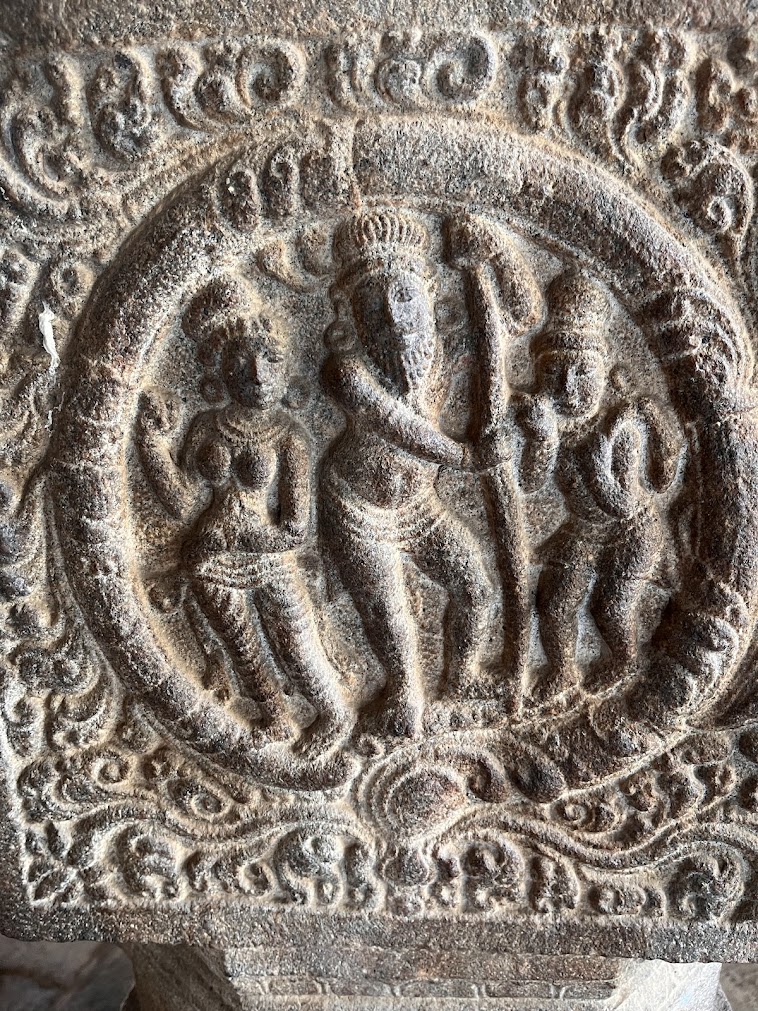

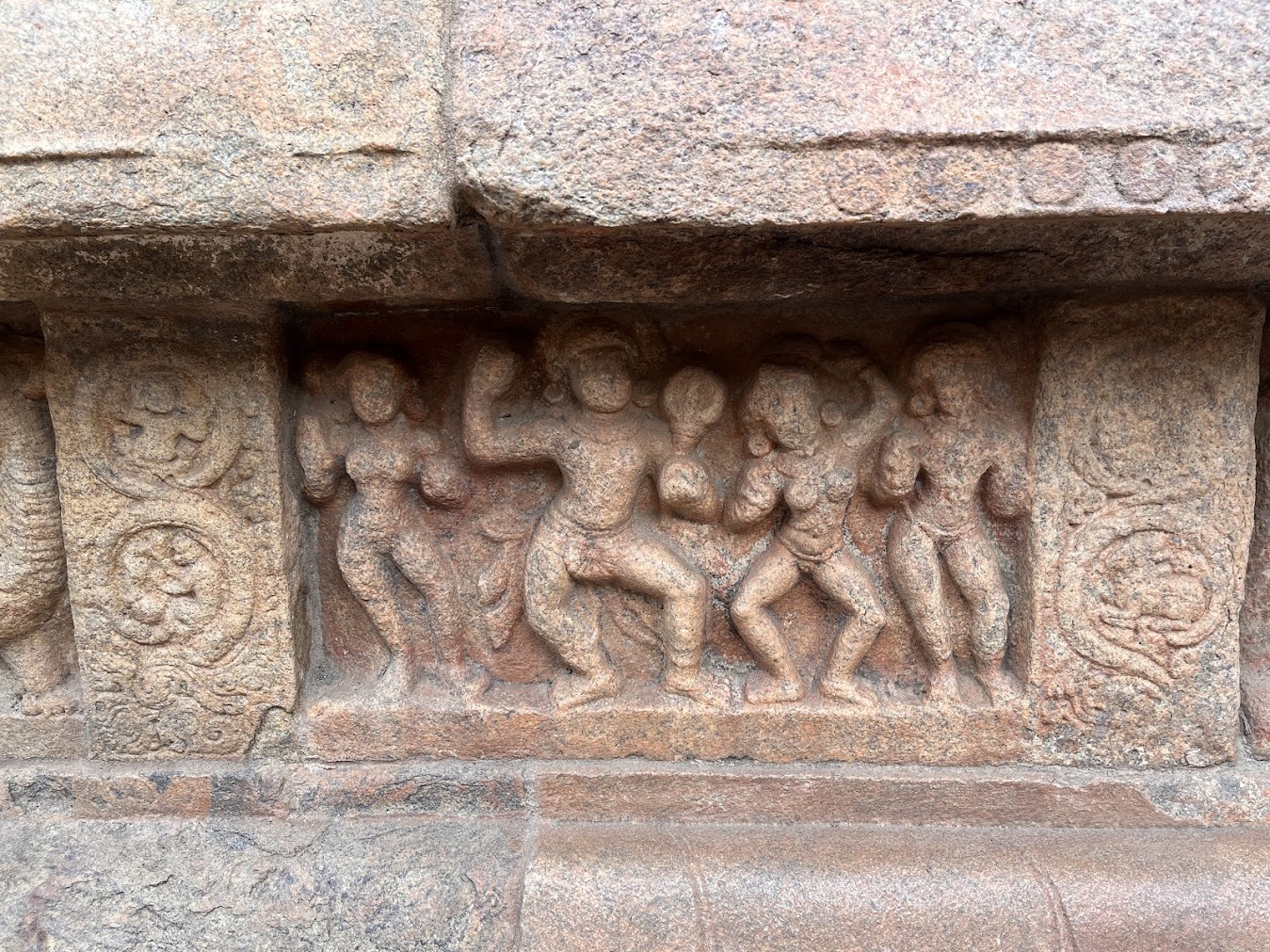


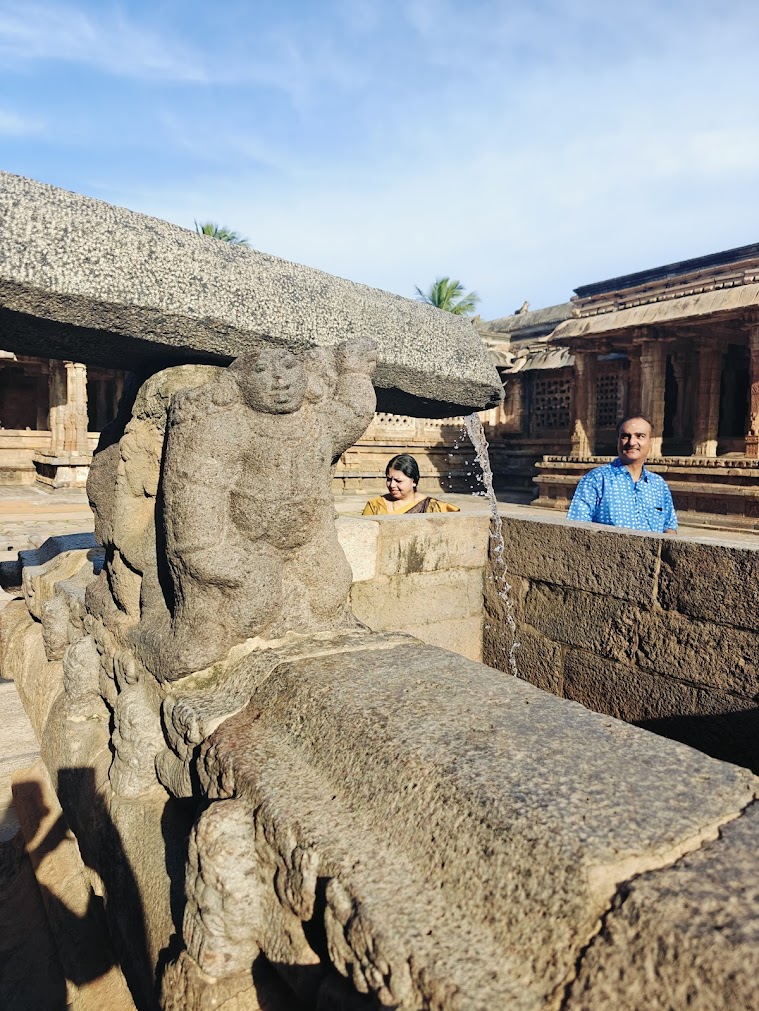

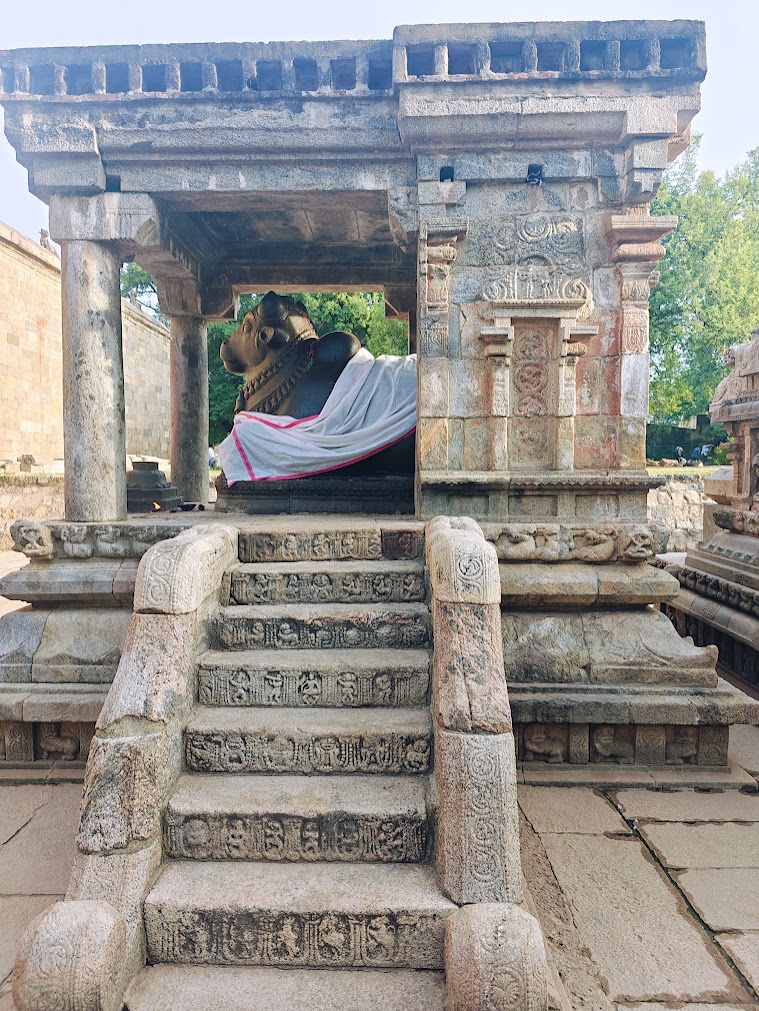
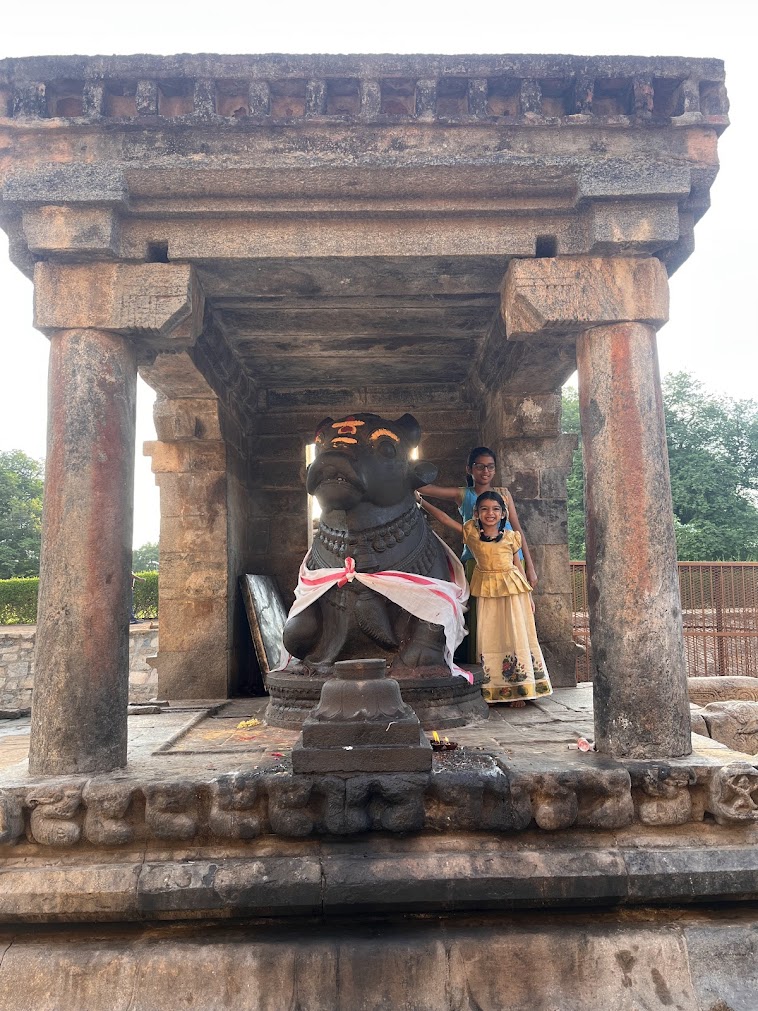
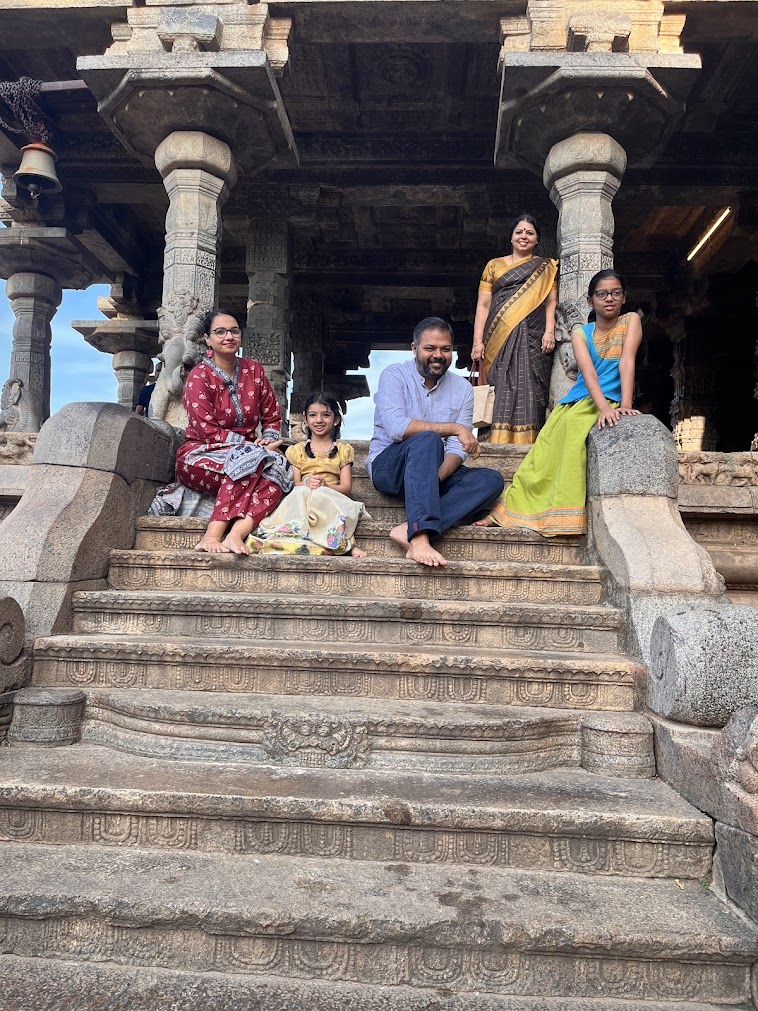
Thank you for the virtual tour, while chained to my desk in Mumbai, I enjoyed the ring side view and commentary
Choice is yours 😀
Had visited several years ago – was a good refresher journey, reading this!